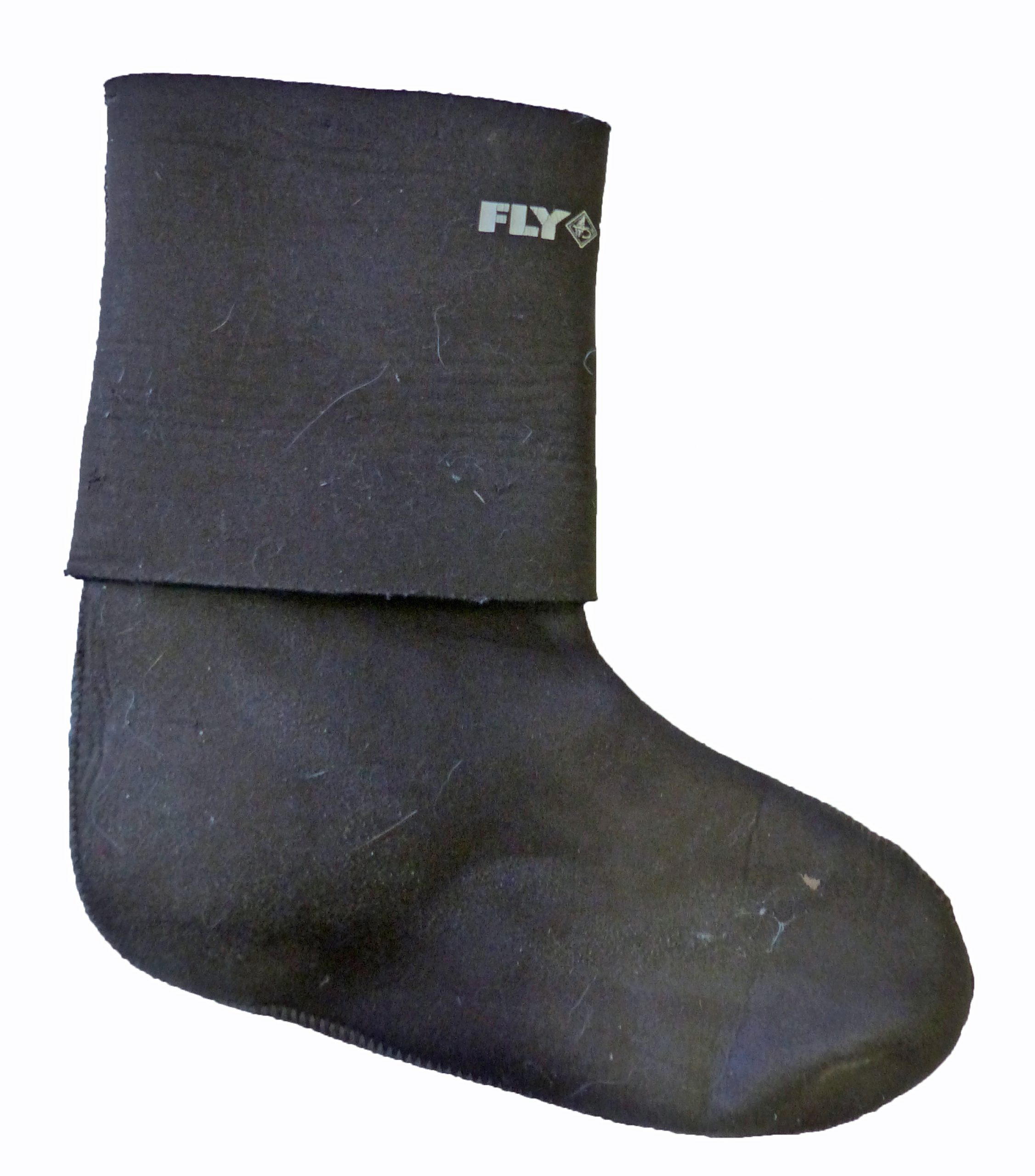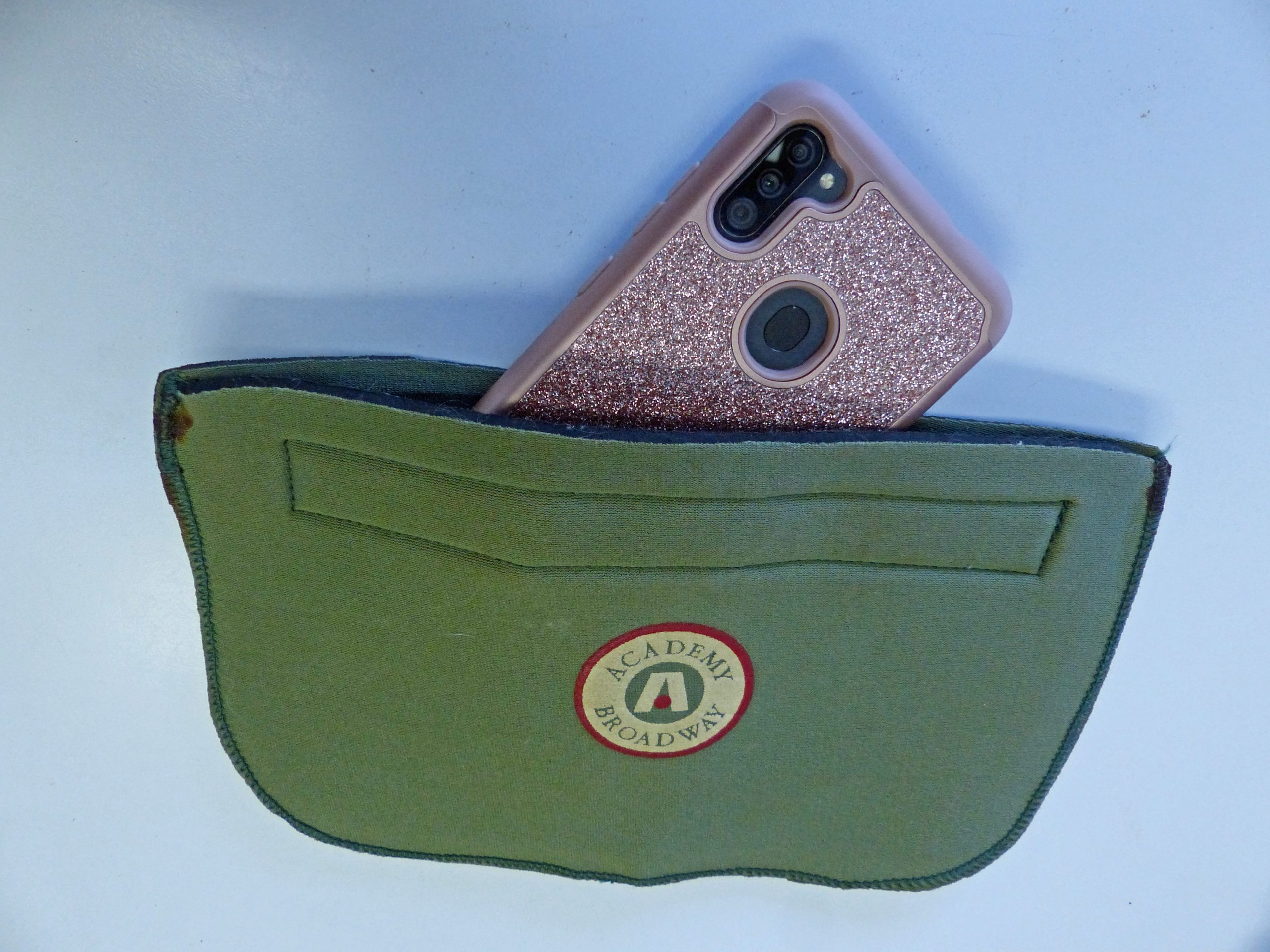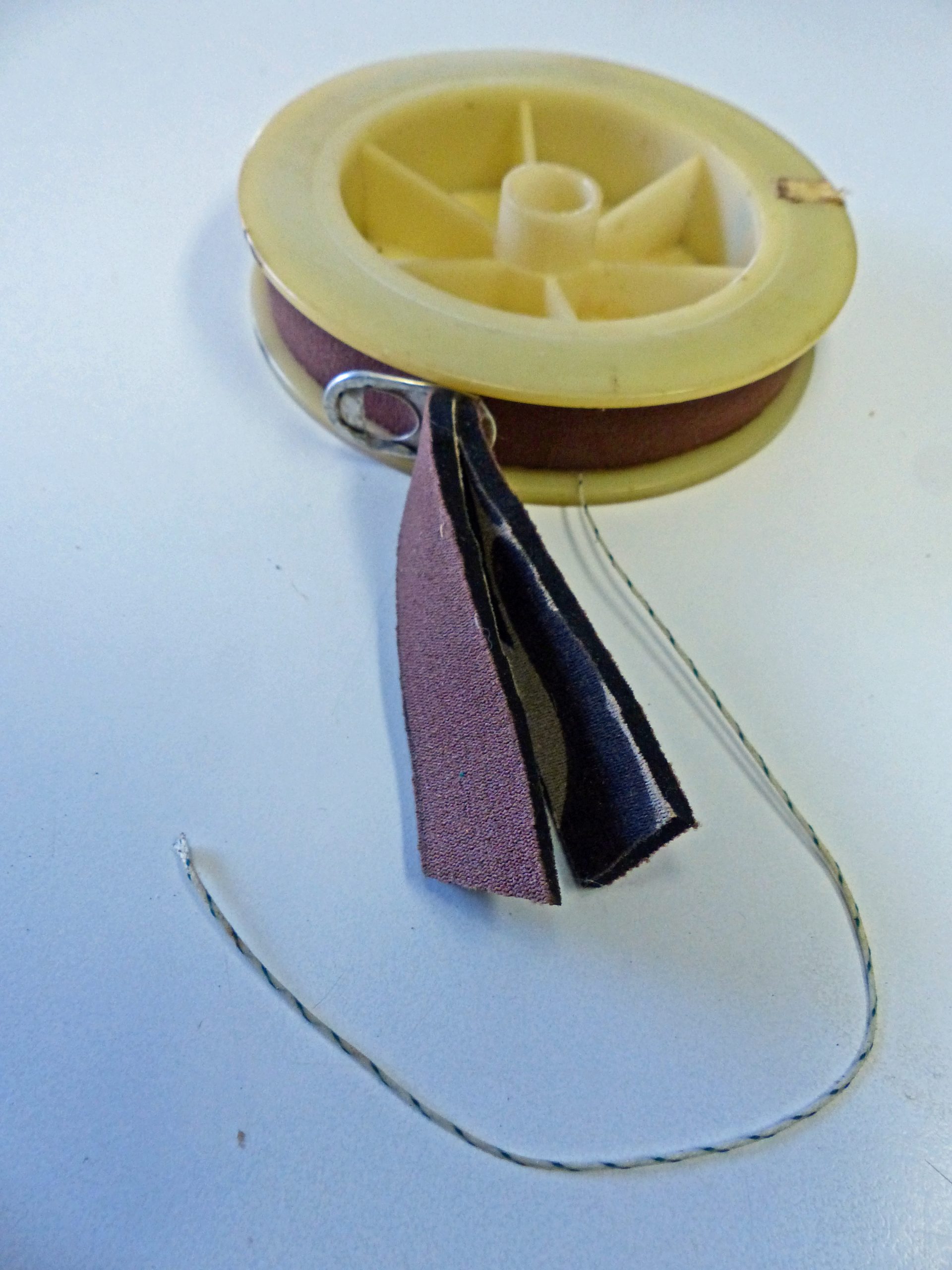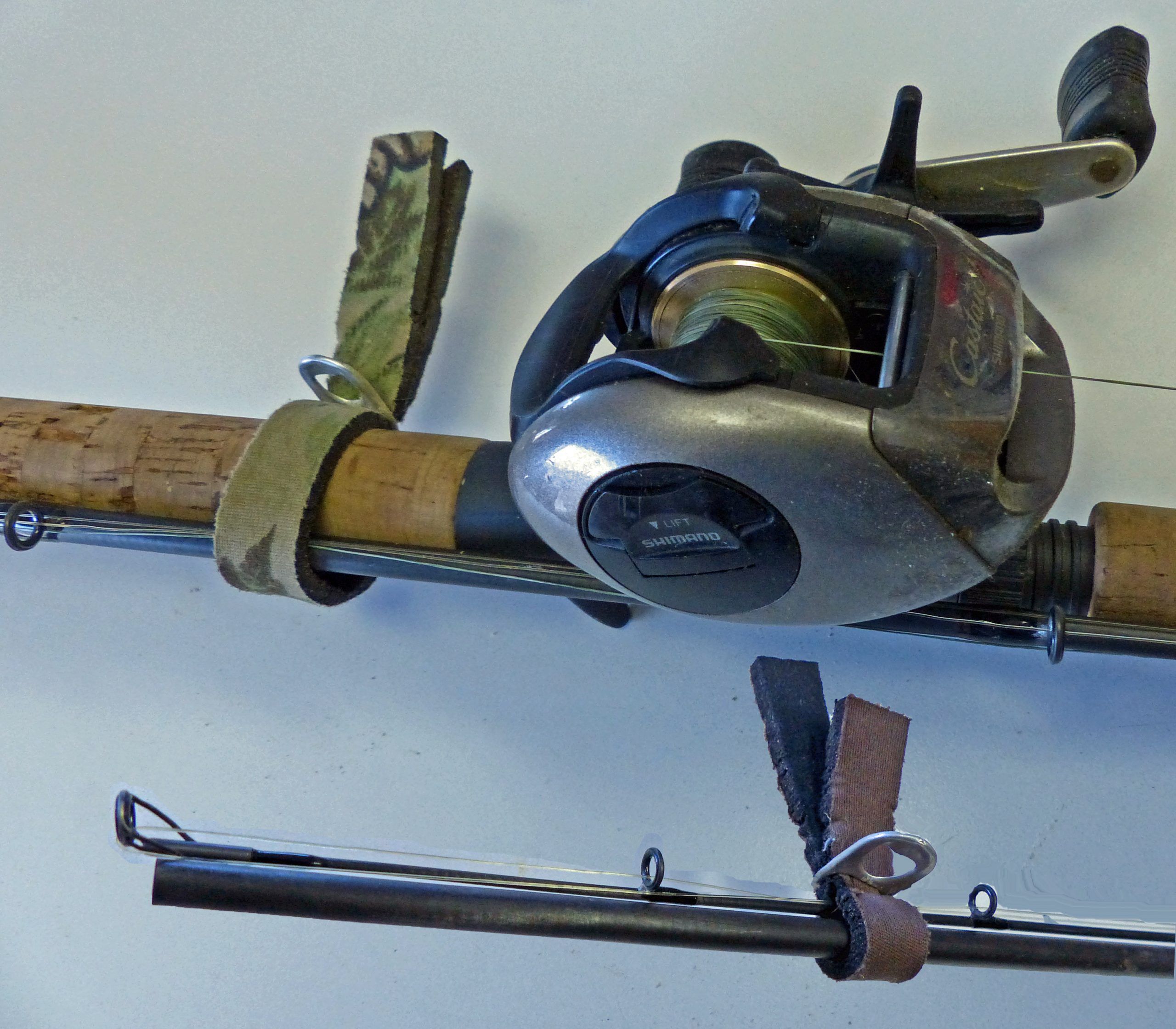

By Norm Ritchie, Board Member
This article was originally published in NW Steelheader magazine in 2000 and was republished by Bill Monroe in the Oregonian. We’ve copied it here so all thrifty anglers have access to it.
M ost of us have been there. After using a pair of neoprene waders for several years, they reach a point that no matter what you do to try to patch them, they still leak. You finally get tired of wet pants and invest in a new pair. So what happens to the old leaky pair? Most probably end up in a landfill where they will likely stay intact till the end of time. But given the fact that this material is so durable and elastic, old waders can be recycled into a host of useful and durable items.
I now look upon an old pair of waders in the same way that some must look upon the hide of a dear. There are many parts to a hide and all can serve a purpose. Here is just a short list of what can be done with old waders.
Cut off the feet for a pair of neoprene socks to be used between wading boots and lightweight summer waders or without waders. Cut off the next 8 inches above the feet to make a pair of gravel guards.

Wading in cut-offs and tennis shoes can be risky. The stocking foot of your old waders will allow a good fit of your wading boots.
Many neoprene waders are made with a double layer at the knees. Cut out this double layer just outside the stitching. Once you open the top end, it becomes a protective bag for a camera or spare reel. Many waders also come with a pocket at the chest. This can be cut out in a similar manner to provide another protective pouch. If you want to take it a bit further, you can sew on a zipper or press in some snap closures. How about koozies for your drink or a protective sleeve for your flashlight?

Most waders have a pocket. Cut it out for a pouch to protect your electronics from shock or scuffs while out on the river.
Now you have a pair of waders without feet, knees, or chest. Generally, this remaining part consists of three pieces joined by a common seam. This seam runs up the inside of each leg to a football-shaped piece at the crotch. From here, the seams run up the center of the front and back. By cutting along either side of the seam, you will have two relatively large pieces of neoprene sheet and a small amount of scrap consisting of the piece from the crotch area and a few strips of seam material. The two large pieces are now raw material!
Line the trays in an aluminum drift boat to cut down on noise and prevent scuffing your lures. Glue some to the bottom of your tackle and lead boxes to stop them from sliding around and scuffing the floor or deck.
The most versatile use is to cut the material into strips to form straps. Cut the neoprene into 5/8” wide strips about 16” long. Take the tab from a soda pop can and put both ends of a strip through the finger hole in the tab. Note how hard it is to move the tab by trying to pull the ends of the strap apart. But you can relatively easily pull the tab itself in either direction. The “one shot” spools of fishing line are a less expensive alternative to “leader” spools, but it's hard to prevent the line from unspooling in the tackle box. Place a strap over the spool and cinch up the tab. Line will pull out from under the strap with ease but will not unravel on its own. Cinch a strap over the spool of your spinning reels to contain the line. A couple of shorter straps are great for holding the sections of multi-piece rods together for storage or transport. Ever have your net get snagged or tangled in a cleat or rod holder when getting ready to land a fish? A strap on your landing net handle will hold the loose netting from snagging on anything until moving the net in the water automatically releases the netting from the strap. There are a lot of other uses for these straps, just use your imagination.

Fishing line spool wraps will prevent the line from unravelling in the tackle box while allowing you to dispense the length of line you want without hassle.

Rod wraps using pop can tabs as buckles are very useful and easy to make.
If you aren’t afraid of a needle and thread, there are a lot of other useful items for the thrifty angler. A 32” strip with the ends hemmed over to form small loops makes a great strap for fishing glasses (AKA: Croakies). At this length, the strap will keep most glasses afloat if they fall in the water. A pop can tab can be placed in the middle to allow the glasses to be cinched up tight.
Many waders are made with shoulder straps of nylon webbing. If this is the case, sew the back ends of these straps together to make a wading belt.
The uses for old neoprene waders are only limited by the imagination. When your waders start leaking (and won’t stop), try repurposing the materials instead of tossing them in the trash.
Have you tried any of these DIY tips? Are there any that we should add to this list? Let us know by emailing office@anws.org with pictures of your creation!